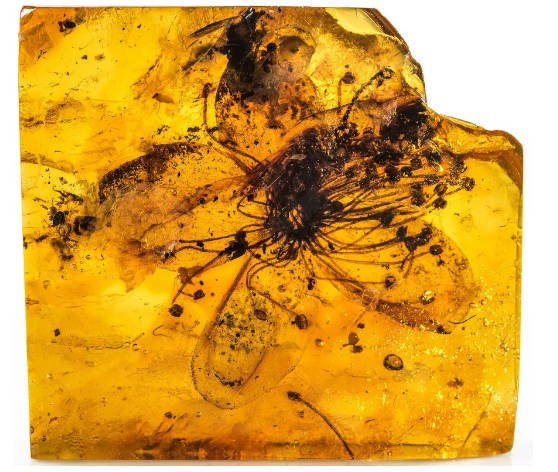
Do you like mysteries? And who doesn't love them, you ask? It seems that people like debunking myths and refuting previously proven scientific facts more than them. The situation with finds from the past is ambiguous. For example, a new study by German scientists helped to correctly identify the species of the largest fossilized flower ever discovered.
This flower "found itself in the arms of amber" for almost 40 million years. It was found 150 years ago and all this time it was in the Museum of Natural History in Berlin, Germany. However, it was only recently possible to determine its belonging to another species.
Initial analysis revealed that the flower belonged to the now-extinct species Stewartia kowalewskii, an ancient flowering evergreen. Although some scientists still believed that it was mistakenly attributed to this species.

After a thorough analysis — extracting a particle of pollen and examining it together with the structure of the plant under a microscope — the scientists made new conclusions. Not only is this largest fossilized flower not a species of Stewartia kowalewskii, it is also unrelated to the genus Stewartia.
According to the researchers, the plant belongs to a genus of flowering shrubs and small trees that do not currently grow in Europe, but are widely represented in East Asia, and is called Symplocos. It was decided to give the "imprisoned flower" a new name - Symplocos kowalewskii.
Agree, similar plants in amber, and by the way not only plants, help scientists to get a lot of information about the ecological past of different regions of our planet. They can also be used to understand how the planet's climate has changed over millions of years.
